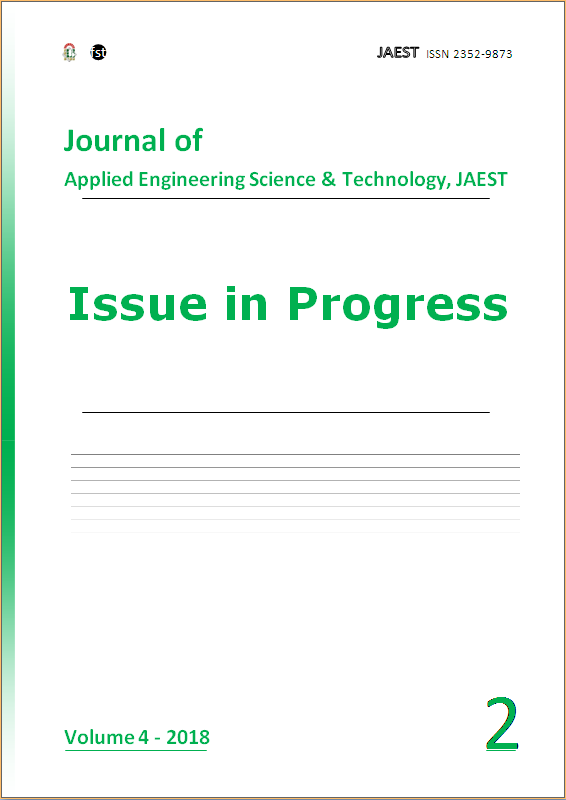A new frequency analysis for diagnosis of bearing defects in induction motors using the adaptive lifting scheme of wavelet transforms
Abstract
This work describes a novel and effective application of the adaptive wavelet transform for the detection of bearing faults on induction motor stator current. This transform is based on a three-step nonlinear lifting scheme: a fixed prediction followed by a space-varying update and a no additive prediction. This transformation technique is used in a diversity of applications in digital signal processing and the transmission or storage of sampled data (notably the compression of the sound, or physical measurements of accuracy). Many faults in induction motor have been identified as bearing defects, rotor defects and external defects. Experimental results confirm the utility and the effectiveness of the proposed method for outer raceway fault diagnosis under no load and full load conditions.
J. Appl. Eng. Sci. Technol. (JAEST - ISSN 2352-9873) is a peer-reviewed quarterly journal dedicated to the applied engineering sciences and technology. The JAEST provides immediate open access to its content on the principle that making research freely available to the public supports a greater global exchange of knowledge.
There is no submission or publication fee for papers published in the JAEST.
Authors who publish in the JAEST agree to the following terms:
- Authors retain copyright and grant the journal right of first publication with the work simultaneously licensed under a Creative Commons Attribution License that allows others to share the work with an acknowledgement of the work's authorship and initial publication in the JAEST.
- Authors are able to enter into separate, additional contractual arrangements for the non-exclusive distribution of the journal's published version of the work (e.g., post it to an institutional repository or publish it in a book), with an acknowledgement of its initial publication in the JAEST.
- Authors are permitted to post their work online (e.g., in institutional repositories or on their website) prior to and during the submission process, as it can lead to productive exchanges, as well as earlier and greater citation of published work (See The Effect of Open Access). Any such posting made before acceptance and publication of the Work shall be updated upon publication to include a reference to the JAEST and a link to the online abstract for the final published Work in the Journal.






